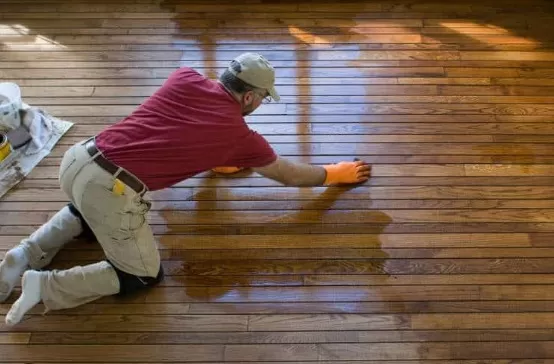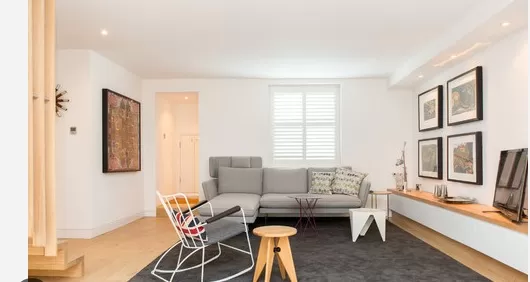Pack away items smartly in your basement—dark, cool, and spacious. However, avoid storing valuables or heirlooms in flood-prone, moldy, or pest-infested basements. Plan wisely for optimal storage.
Maximizing Basement Storage Space
Take Advantage of Vertical Space.
When it comes to optimizing storage in a limited basement area, the key is to build up, not out.
Instead of relying solely on floor space, homeowners can utilize the often-overlooked vertical space. If you’re a handy individual, consider constructing your own ceiling storage units between exposed rafters.
Alternatively, you can explore store-bought solutions like the HyLoft system, readily available on Amazon for just $51. 75.
These innovative storage options are perfect for accommodating large, bulky, or awkward items such as luggage, coolers, and seasonal decorations.
Ensure Proper Protection for Your Belongings

Storing items in an unfinished basement can pose potential risks, including moisture and pest infiltration.
To safeguard your belongings, it is crucial to use sealed, air-tight tubs or bins for off-season gear. These containers effectively seal out moisture, preventing any damage caused by dampness.
Additionally, they serve as a protective barrier against unwanted pests that might chew or nest in your stored supplies. In the case of a finished basement, opt for a combination of baskets or bins, choosing from a variety of materials like wicker, fabric, or plastic.
By utilizing lidded containers or storing items in cubby holes, you can minimize dust accumulation, ensuring your possessions remain in pristine condition.
Consider the Benefits of Built-In Storage Solutions

If your basement is fully or partially finished, serving as a multifunctional space like a TV room or a wet bar area, you understand the importance of efficient storage solutions. In such cases, built-in cabinets and shelves prove to be invaluable assets. These customized storage units offer a multitude of advantages, from maximizing available space to elevating the aesthetic appeal of your basement.
One of the primary advantages of built-in cabinets and shelves is their ability to provide ample storage space while seamlessly blending into the overall design of the basement. These units can be tailored to fit your specific storage needs, ensuring that every item has its designated place. Open shelves, for instance, are perfect for displaying decorative items that add personality to the space, or for storing frequently accessed essentials such as books, board games, or electronics. With open shelving, your cherished possessions are within reach, making it convenient to showcase and retrieve them as needed.
On the other hand, cabinets offer discreet storage options, allowing you to tuck away items that you may not want in plain sight. This is particularly useful for organizing children’s toys, cleaning supplies, extra linens, or any other items that may clutter the space. By integrating cabinets into your basement storage plan, you can maintain a neat and tidy environment while keeping essential items easily accessible yet hidden from view.
In addition to their functional benefits, built-in cabinets and shelves can significantly enhance the overall appearance of your basement. With the ability to customize the design, material, and finish, you can create storage units that seamlessly blend with the existing décor. Whether you prefer a modern, sleek look or a more rustic and traditional style, built-in solutions offer endless possibilities for customization. By integrating storage units that harmonize with the overall aesthetic of your basement, you can create a cohesive and visually appealing space.
When considering built-in storage solutions, it is advisable to consult with professionals who specialize in custom cabinetry or carpentry. They can help you assess your storage needs, provide expert advice on design options, and ensure the implementation of high-quality craftsmanship. By investing in built-in cabinets and shelves, you are not only optimizing storage but also adding long-term value to your basement.
In summary, built-in cabinets and shelves offer a winning combination of functionality and aesthetics for your finished or partially finished basement. They provide ample storage space, facilitate organization, and enhance the overall visual appeal of the space. Whether you opt for open shelves to showcase decorative items or cabinets for discreet storage, these customized solutions will transform your basement into a well-organized and visually stunning area that complements its multifunctional nature.
Safeguarding Wood Furniture in the Basement

While the basement is not an ideal environment for storing wood furniture, there are precautions you can take to minimize potential damage.
Elevating furniture by placing cinder blocks or planks under the legs creates a buffer zone, providing you with extra time to remove the furniture to safety in the event of a flood. Additionally, covering the furniture with appropriate materials can help protect it from scratches and dirt accumulation.
However, it is important to avoid using plastic cloths, as they can inadvertently trap moisture, leading to swelling and warping of the wood. Opt for breathable coverings or consider applying a coat of protective sealant to further safeguard your precious wood furniture.
By following these guidelines, you can effectively maximize your basement storage space and ensure the preservation and accessibility of your belongings.
Remember to adapt these recommendations to suit your specific basement conditions, allowing you to create a well-organized and functional storage area that meets your unique needs.
*The information is for reference only.